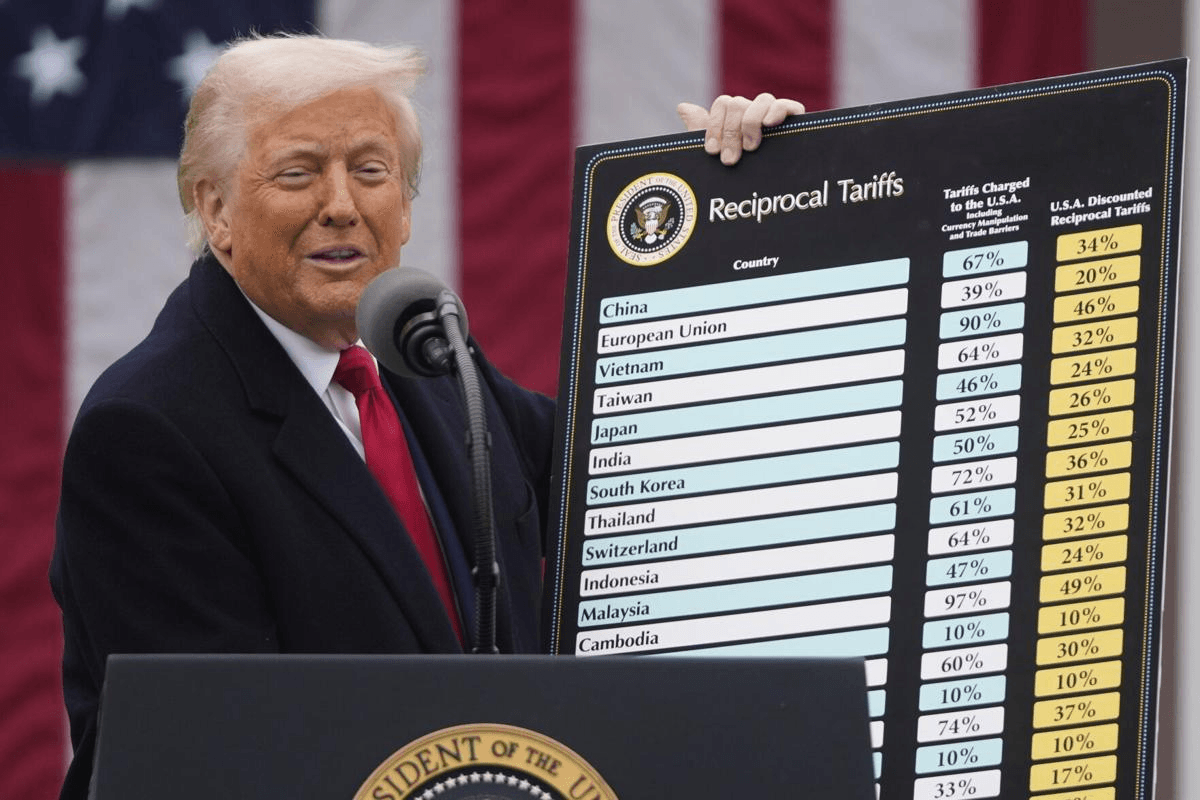Source: Senior Supply Chain Executive, Global Jewelry Brand
I’ve worked in the jewelry trade for more than a decade, and I can say with confidence: tariffs are no longer abstract policy—they are daily disruptions. For natural stones, tariffs meant higher duties on mining exports. But for lab-grown diamonds, the stakes are different. We’re talking about technology-driven production, cross-border shipment of HPHT and CVD stones, and the mounting fear that tariffs could reshape the entire category.
How Tariffs Hit the Supply Chain
In the past year alone, logistics costs rose nearly 20% in my company. Not because of fuel, but because lab-grown diamond supply chain tariffs forced us to reroute shipments and renegotiate contracts. Here’s what that looks like from the inside:
- A parcel of polished lab-grown diamonds rerouted through Dubai instead of Antwerp, adding 12 days in transit.
- A U.S. retailer demanding clarity on pricing before holiday season, worried that import tariffs on lab-grown diamonds could raise engagement ring costs by double digits.
- Suppliers in India insisting on pre-payment because tariff rules make them cash-hungry and unwilling to carry risk.
For lab-grown diamond jewelry brands, volatility is worse than high prices. A tariff can be announced on Monday and enforced by Friday. For a product that takes months to grow, cut, set, and ship, that unpredictability is brutal.

Predictions for the Future of Trade
From where I sit, the future of lab-grown diamond tariffs is likely to take three forms:
- Selective Protectionism
Western markets may target finished lab-grown diamond engagement rings with tariffs, while rewarding rough or semi-finished imports. - Sustainability Incentives
Governments could offer tariff relief for sustainable lab-grown diamonds and ethical lab-grown diamonds, framing them as eco-friendly alternatives to mined stones. This would create competitive advantages for brands investing in renewable energy and transparent sourcing. - Regional Supply Chains
The global pipeline will fragment. Expect cutting and polishing for Asian buyers to remain in India, while European brands may rely on Italy, and North American retailers push for recycling centers to reduce sustainable jewelry import costs.
My Take as an Insider
Inside the industry, we know tariffs are not going away. They are evolving into filters, punishing carbon-heavy logistics and rewarding sustainability claims. For us, lab-grown diamonds are both opportunity and risk: they’re scalable, sustainable, and beloved by consumers—but politically, they’re becoming pawns in trade wars.
The message is clear: if your supply chain isn’t ready to absorb tariffs, diversify routes, and market ethical lab-grown diamonds as tariff-friendly, you’re already behind. In this business, tariffs aren’t just policy—they’re survival tests.
